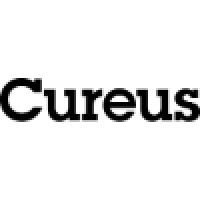
“As medicinal and recreational marijuana use broadens across the United States, knowledge of its effects on the body will become increasingly important to all health care providers, including surgeons.
DATA SOURCES:
We performed a literature review of Pubmed for articles discussing the basic science related to cannabinoids, as well as articles regarding cannabinoid medications, and cannabis use in surgical patients.
CONCLUSIONS:
The primary components in the cannabis plant, tetrahydrocannabinol (THC) and cannabidiol (CBD), have been made available in numerous forms and formulations to treat multiple medical conditions, and recreational access to marijuana is increasing. Of particular importance to the surgeon may be their effects on prolonging intestinal motility, decreasing inflammation, increasing hunger, mitigating pain, and reducing nausea and vomiting. Perioperative use of medicinal or recreational marijuana will become increasingly prevalent, and the surgeon should be aware of the positive and negative effects of these cannabinoids.”
https://www.ncbi.nlm.nih.gov/pubmed/30471810
https://www.americanjournalofsurgery.com/article/S0002-9610(18)31123-1/fulltext









